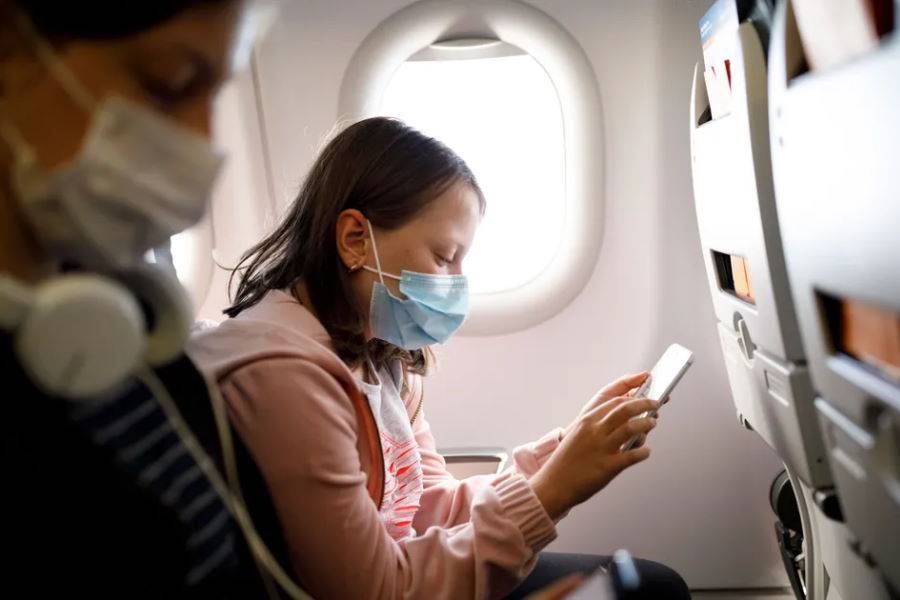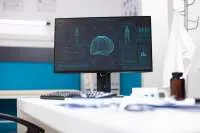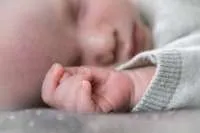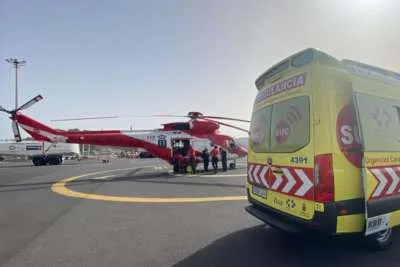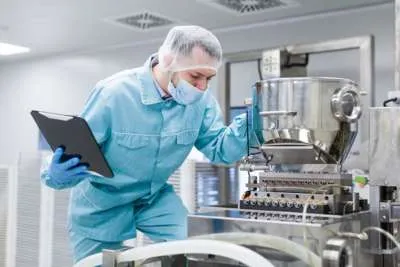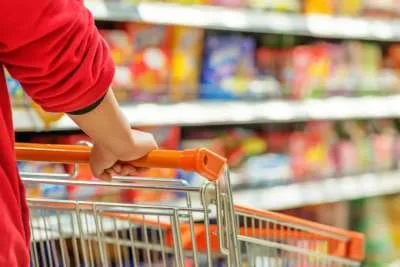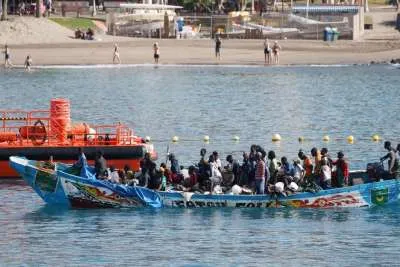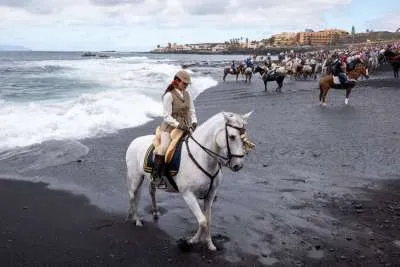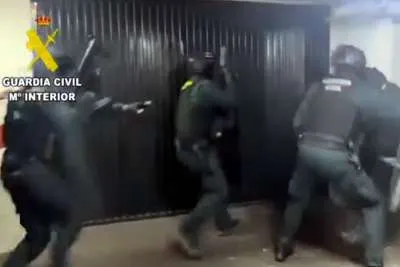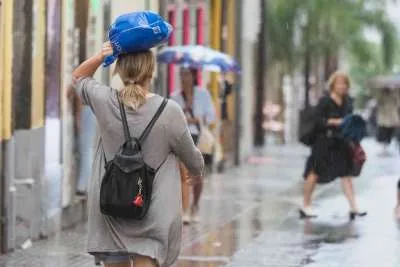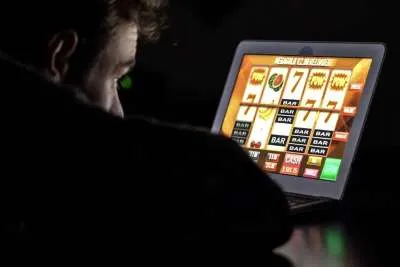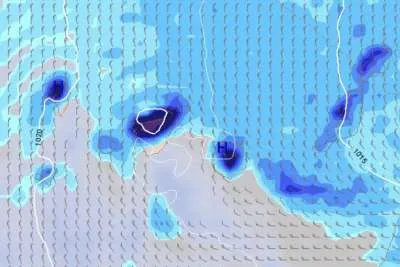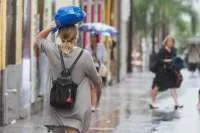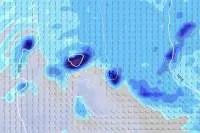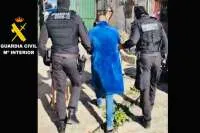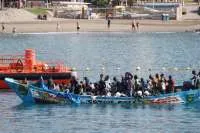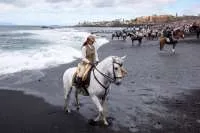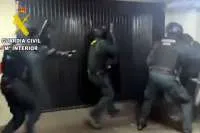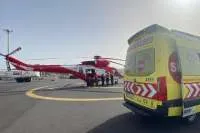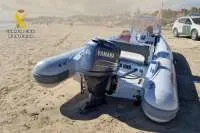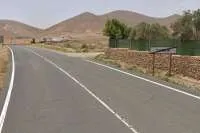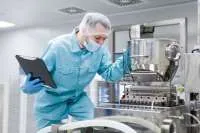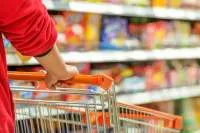Wearing masks on planes cuts risk of catching Covid by up to 12 times
- 21-01-2022
- Health
- Canarian Weekly
A new study by researchers at Shanghai Jiao Tong University in China, has shown that wearing a mask on an airplane greatly reduces the risk of COVID spreading, and how far the virus can travel and infect people on board. They simulated how droplets of moisture spread around the passenger cabin of two flights using real-world examples of exposure to the virus on planes.
One was a 12 hour flight from London Heathrow to Hanoi in March 2020, where passengers were mostly mask-free, and the other was a five-and-a-half-hour flight from Singapore to Hangzhou in January 2020 where masks were worn.
Researchers tested how far the droplets could be spread by coughing, talking, and breathing, and then used a computer model and predicted who got infected, with over 80% overall accuracy compared to the real world flight.
They calculated that if all of the passengers had used surgical masks in the London to Hanoi flight, the number of people infected with Covid would have been slashed from 12 to just one.
However, in the Singapore to Hangzhou flight, an investigation found one passenger, who later caught the virus, loosened their mask to have a conversation, something the authors of the new study said would have 'greatly contributed' to his infection.
Even though mask mandates have come and gone in the UK, they have remained compulsory throughout the duration of flights since air travel resumed, with many people questioning their effectiveness as passengers are packed so close together and remove them to eat and drink while onboard.
The author of the study, Professor Dayi Lai, said the latest research confirms that masks make a 'significant difference'. He said “we are very pleased to see that our model validated by experimental data can achieve such a high accuracy in predicting COVID-19 transmission in airliner cabins, as it’s important to know that wearing masks makes a significant impact on reducing the transmission.”

The study which has been published in the journal Indoor Air, created a computer model simulating how far droplets produced by passengers breathing, coughing, and talking would travel in the aircraft.
They used data from influenza virus research to determine how 'infectious' each of these droplets were due to a lack of 'detailed data' on the viral load of droplets emitted by Covid patients.
After running their computer model, they checked their findings against an investigation into the London Heathrow to Hanoi flight which found one passenger had spread Covid to 12 others, and the program managed to predict 11 out of 12 infected persons and five out of seven of the passengers nearby who did not catch Covid, giving the model an overall accuracy of 84.2%.
On the Singapore to Hangzhou flight, the team tested the impact of wearing masks and reducing conversation between passengers on droplet spread, and found both greatly reduced potential exposure.
On this flight only one passenger had been infected by Covid on the flight, and the team's simulation found that coughing and breathing alone would not have resulted in enough droplets to infect the man, and therefore, it was likely that conversation between nearby infected passengers led to him catching Covid.
They also said that according to the investigation details, the man loosened his mask to have a conversation with his wife and son, something that greatly increased his chance of infection.
The team concluded that reducing all passenger-to-passenger conversations would be another effective way of reducing the risk of exposure.
All this led the research team to attribute the overall low infection rate during the Singapore to Hangzhou flight to the use of masks.


